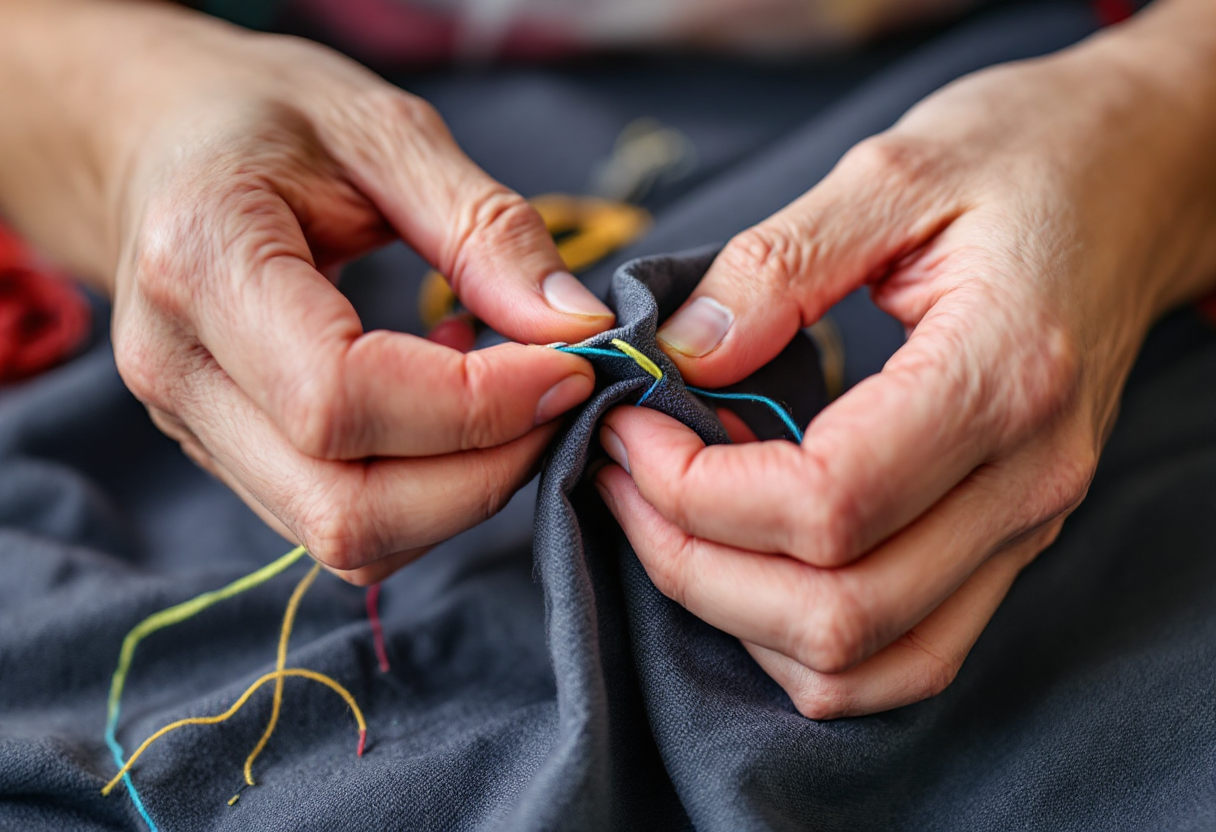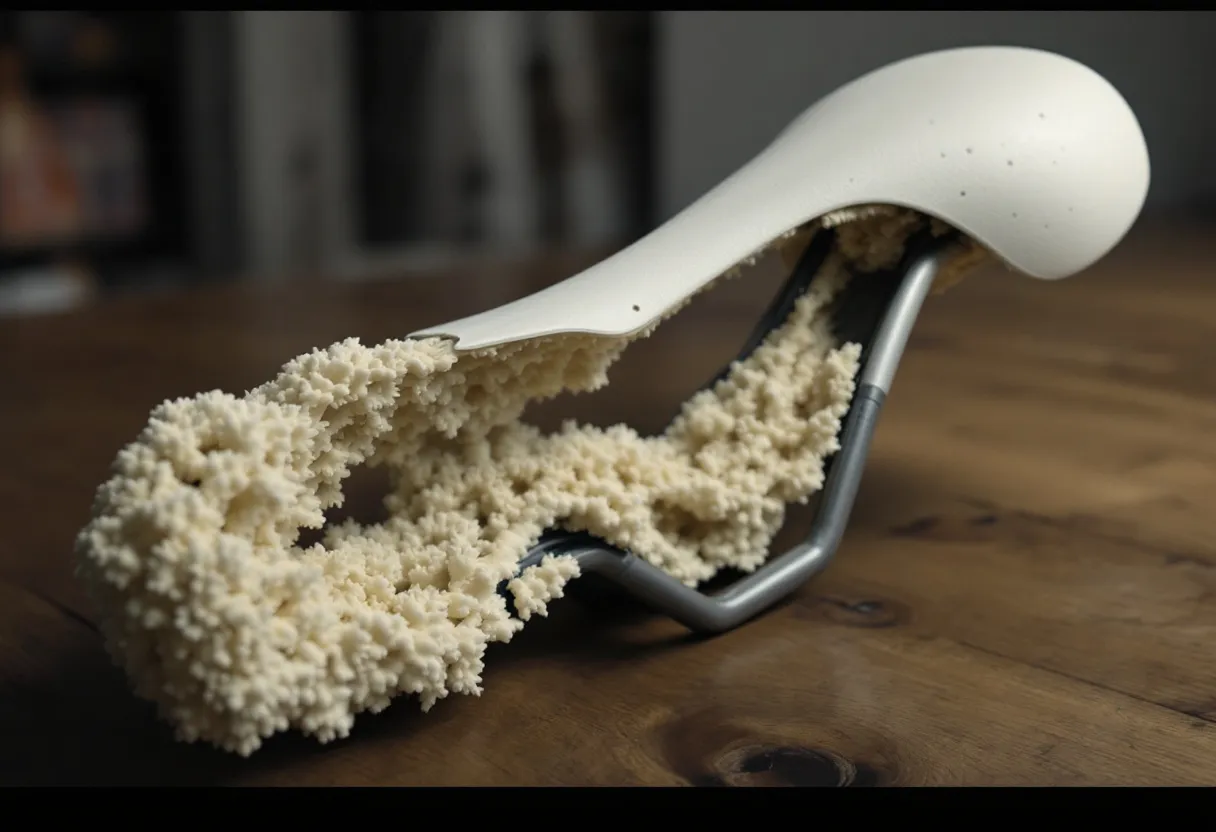The Rise of Sustainable Saddle Materials
For years, leather has reigned supreme. And while a well-cared-for leather saddle can last a lifetime (or more!), the tanning process is often harsh, using chemicals that can be harmful to the environment. Plus, the ethical considerations of using animal products are becoming increasingly important to many riders. So, what are the alternatives? Well, that’s where it gets interesting.
We’re seeing a surge in the use of materials like recycled nylon, hemp, bamboo, and even innovative vegan leathers. Recycled nylon, often sourced from discarded fishing nets or plastic bottles, offers impressive durability and weather resistance. Hemp, a naturally strong and fast-growing plant, provides a robust and breathable alternative to traditional saddle fabrics. Bamboo, known for its moisture-wicking properties, is popping up in saddle pads, offering a more sustainable option than synthetic materials.

And those vegan leathers? They’re not your grandma’s pleather. Many are made from plant-based materials like pineapple leaves or apple peels, offering a surprisingly supple and durable alternative to traditional leather. I mean, who would have thought, right?
Benefits Beyond the Environment
Okay, so eco-friendly saddles are better for the planet. That’s a given. But the benefits don’t stop there. Many of these sustainable materials offer enhanced performance for both horse and rider. Hemp, for example, is naturally breathable, helping to keep your horse cool and comfortable during long rides. Recycled nylon is incredibly durable and resistant to wear and tear, meaning your saddle will last longer. And those vegan leathers? They’re often lighter than traditional leather, reducing the overall weight of the saddle and improving your horse’s freedom of movement.

Addressing the Challenges
Of course, transitioning to eco-friendly materials isn’t without its challenges. One of the biggest hurdles is cost. Sustainable materials can sometimes be more expensive than their traditional counterparts, which can make eco-friendly saddles less accessible to some riders. There’s also the issue of perception. Some riders are hesitant to switch to non-leather saddles, fearing that they won’t offer the same level of performance or durability. And let’s be real, there’s a certain aesthetic appeal to a classic leather saddle that’s hard to replicate. But as technology advances and demand for sustainable options increases, we’re seeing costs come down and performance improve. It’s an evolving landscape, and it’s exciting to be a part of it.
The Future of Saddle Making
I truly believe that eco-friendly materials are the future of saddle manufacturing. As riders become more aware of the environmental impact of their choices, demand for sustainable options will only continue to grow. And as saddle makers continue to innovate and experiment with new materials, we’ll see even more high-performance, eco-conscious saddles hitting the market. I’m particularly excited about the potential of mycelium (mushroom-based) materials, which are incredibly strong, lightweight, and biodegradable. It’s a bit “out there,” I know, but the possibilities are endless!

So, the next time you’re in the market for a new saddle, consider exploring the world of eco-friendly options. You might just be surprised at what you find. Not only will you be doing your part to protect the environment, but you might also discover a saddle that offers enhanced comfort, performance, and durability for both you and your horse. And that, my friends, is a win-win.
